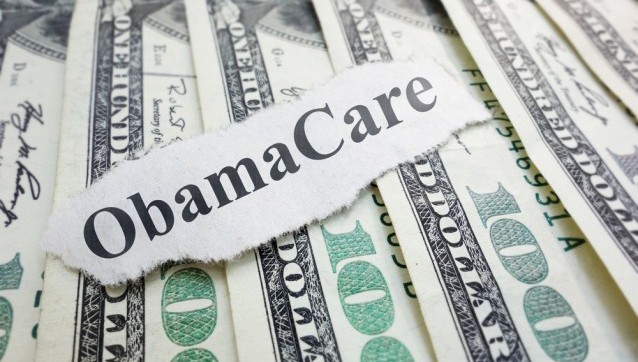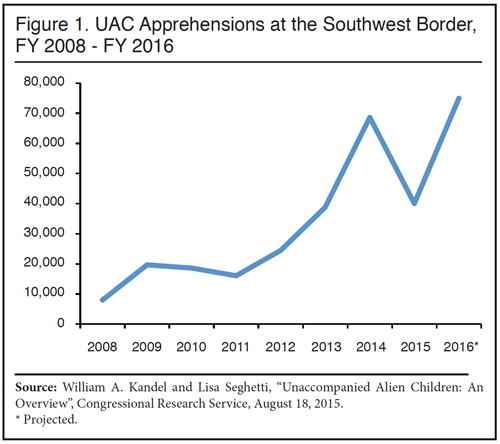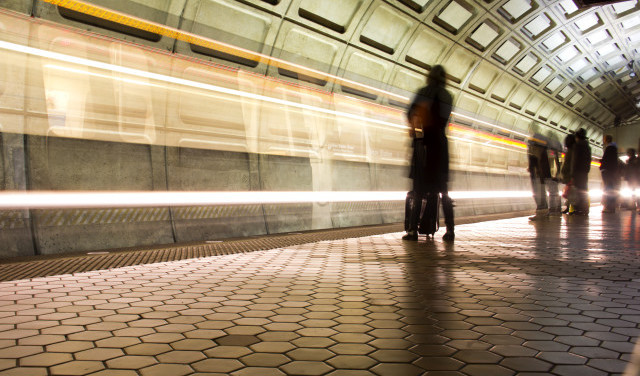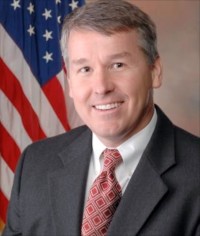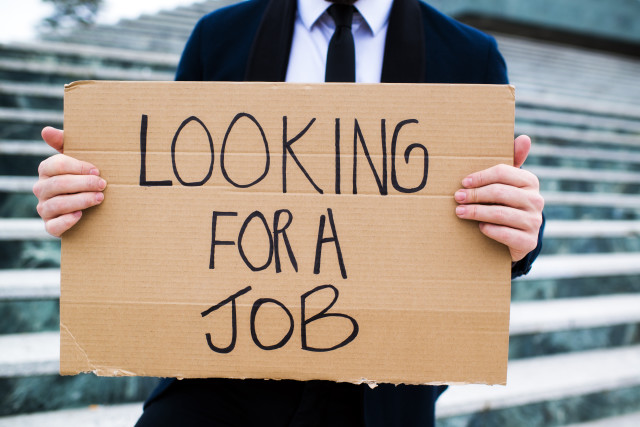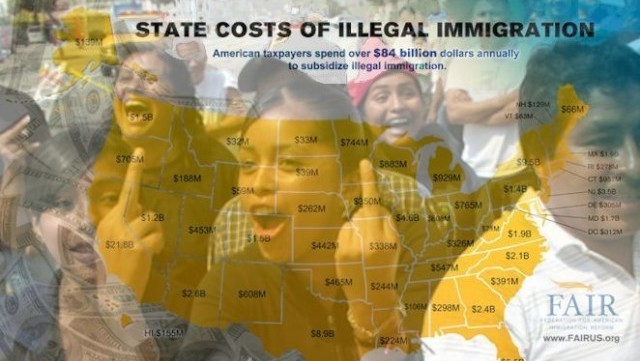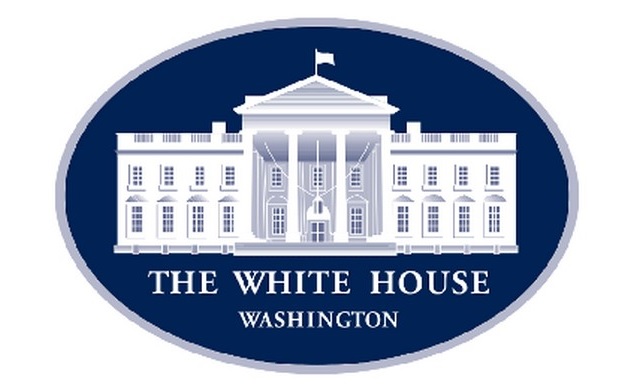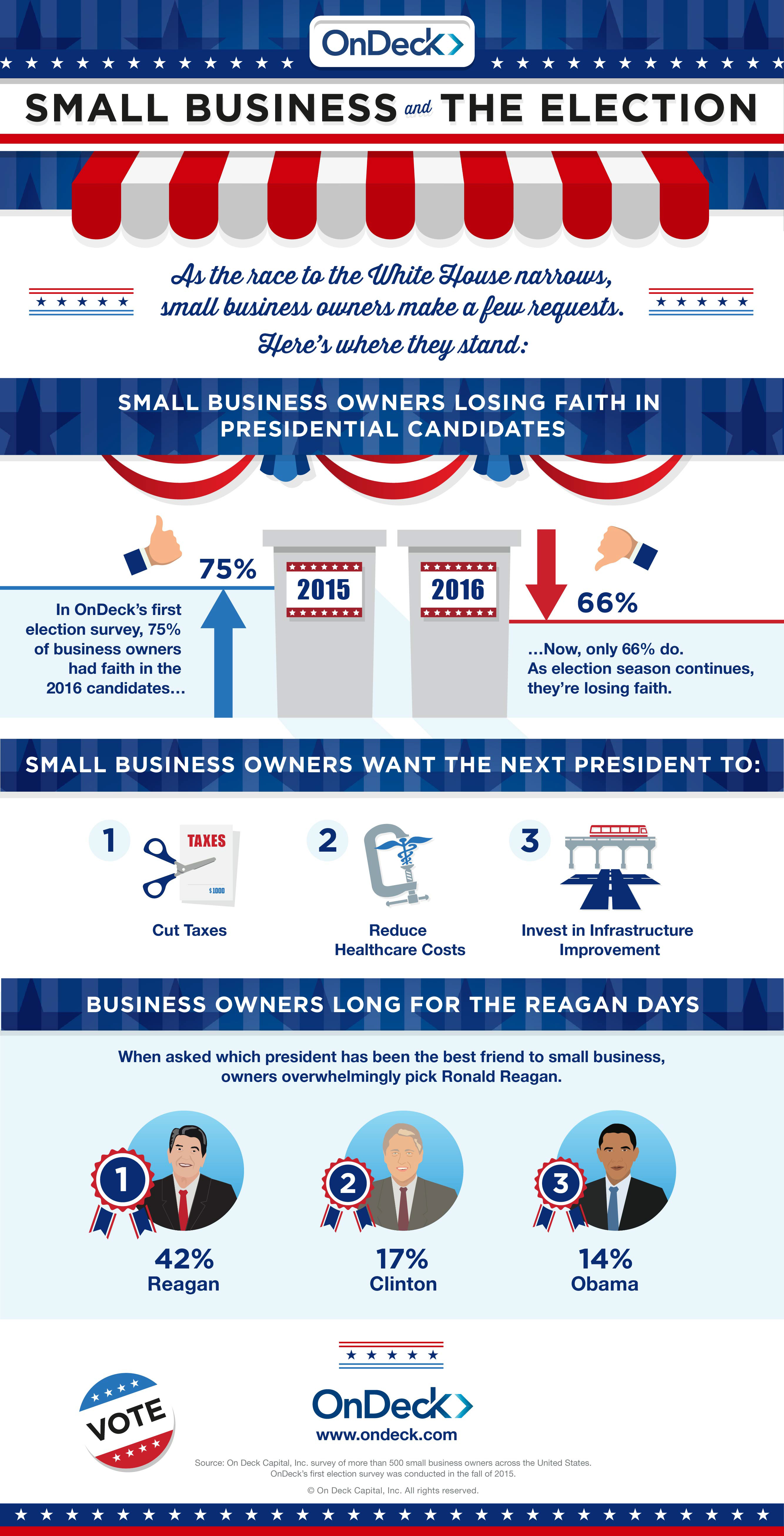Will Public Transportation Survive the 21st Century?
What if a major city’s rail system suddenly vanished?
Millions rely on rail-based public transportation, either because they can’t afford cars or because traffic is so bad. These trains and light rail systems alleviate congestion and pollution while serving the poor. Many consider them icons of 21st-century transportation and good government.
So if a city’s rail system disappeared, would that city be thrown into chaos and congestion, cars barely moving and horns blaring? Or would ordinary people innovate a solution?
That’s the question DC residents faced this past March. And the nation got to see the results.
When the DC Metro shut down for one day on March 16, most people feared disaster. The tag #Metrogeddon started trending on Twitter. The Washington Post’s Wonkblog opined that if the shutdown were made permanent, DC’s transportation scene would be dire: the city would need to add 1,000 lane-miles to its roadways and double its parking just to keep congestion at current levels. The alternative would be enormous gridlock or people drastically curtailing their commute, which would cause a shift toward a more localized economy — to everyone’s detriment.
But the shutdown happened and the world didn’t end. Instead, something occurred that Wonkblog, which relied on a study performed by the DC Metro itself to justify its costs, didn’t anticipate: people innovated.
Residents responded to the shutdown by telecommuting and sharing rides.Thirty-five percent of the Metro’s 700,000 daily riders are federal employees, all of whom were given the option to telecommute for the day. Other residents used ride-sharing apps. Thousands used Uber on Wednesday, and about one-fifth were first-time users of UberPool, the app’s new service that allows multiple customers to share rides.
Even the Post noted that while congestion was bad, these adaptations kept it from being much worse.
But with less than a day’s warning (the Metro announced its imminent shutdown late March 15), innovations were limited. Uber and Lyft didn’t have time to roll out new features or even advertise their existing ones. New companies didn’t have time to enter the industry, and new technology couldn’t be employed. Workers weren’t able to make long-term arrangements with employers.
If DC and other cities got rid of their metros permanently, within a year they would see much more innovation, as residents discovered novel congestion-busting options that wouldn’t rely on government.
Some workers might telecommute. Gallup notes that 37 percent of workers have telecommuted, and 24 percent of those (that’s 9 percent of the workforce overall) telecommute over half of their working days. Seventy-four percent of respondents, including employees and employers, say telecommuting is as productive or more productive than being in the office. In a city without public transit, telecommuting could become more popular, offsetting some of the congestion that the DC Metro projected without fracturing the economy. Boulder, Colorado, has already become a telecommuting hub, in part to offset its gridlocked traffic.
Increased adoption of the sharing economy might also reduce overcrowding on roads and in parking garages. Uber recently rolled out UberPool for this purpose, and other ride-sharing companies have done the same. By encouraging paid carpooling, these apps reduce congestion and the need for parking.
Car-sharing companies like Zipcar, which lets users rent cars by the hour, could also become more popular. Zipcar estimates that each shared car it offers replaces up to 20 private vehicles, alleviating street congestion and parking concerns.
Driverless cars are another possibility for reducing congestion long term without public transit. Experts suggest that driverless cars could improve traffic flow by 40–50 percent, in part by reducing accidents caused by human error. Driverless car lanes could also be narrower than current lanes, because driverless cars don’t swerve as much. This would enable more lanes to be packed into the same roadway real estate. Google’s self-driving cars are already on the road in California, Florida, and Nevada.
The problem right now is that metros crowd out these solutions. By reducing congestion (albeit at a high cost), they curtail demand for private services like Zipcar that could produce better and cheaper solutions to congestion. Additionally, competing with metros, which often have substantial funding and legal protections, is difficult for private companies.
Too often, people assume that a government-run service is vital because the market cannot come up with alternatives. But that only looks true because the government service crowds out competition. Left to their own devices, people come together in voluntary interactions to innovate better solutions than the government offers.
Government-funded public transit is an inefficient, top-down service. It’s unsafe and expensive. Rather than trying to “Make Metro Great Again,” we should let it fade away so ordinary people have a chance to build something better.
 Julian Adorney
Julian Adorney
Julian Adorney is a Young Voices Advocate and a FEE 2016 Thorpe Fellow. He currently works at Colorado SEO Pros.

